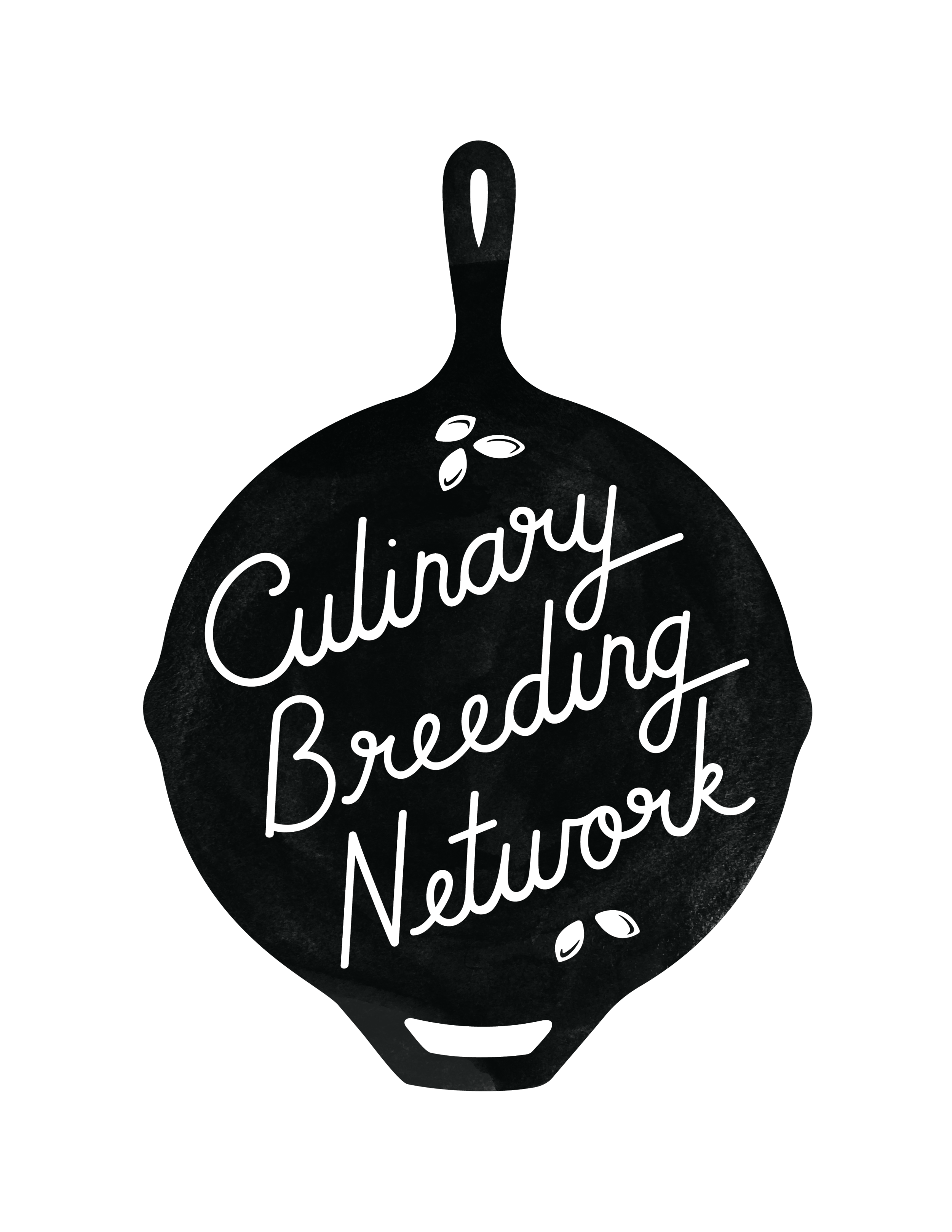Eat Winter Squash
Before Eat Winter Vegetables, there came Eat Winter Squash!
Winter squash is nutritious and delicious, but most of us don't eat very much of it. One reason is that we can't think of new ways to cook it, and you can only eat so much squash soup. Another reason is that many of us grew up eating (unripe) acorn squash, and they don't taste good. We want to change that. We want you to eat more squash, because it is delicious and good for you and the environment.
The EAT MORE SQUASH project started because we heard from Oregon farmers that they weren't making money on winter squash as so much of it rotted in storage in early fall. Here in western Oregon, most of the squash consumed from December through April comes from California or Mexico. We thought this was odd, because we thought WINTER squash should be eaten in the WINTER! We investigated and found that in western Oregon we have some particularly aggressive fungi that rot squash. To identify squash that could be profitably grown and stored into the winter, we grew lots of winter squash varieties in western Oregon, harvested them in September, and stored them (or threw them out) through April. Our chef Timothy Wastell tasted them as they ripened in storage. And we went through that same process again the next year - and then again the next year. The squash featured on this website are the ones that were productive in the field, long storing under barn conditions (ambient humidity, above freezing), and delicious - every year. These squash are profitable for farmers to grow and store, and because they store so well they can sell them in the winter when there isn't very much local produce available. These squash are the true WINTER SQUASH. This is good news not just for farmers, but also for eaters.
But there is more to the EAT MORE SQUASH concept. Many human nutrition and agricultural sustainability experts believe that people should eat 'plant-forward' (http://www.menusofchange.org). Scientists are only recently investigating the nutritional properties of winter squash, and have shown that they are very high in vitamins A and C, anti-oxidants, and anti-inflammatory agents (read the Healthiest Foods summary). Winter squash are meaty and can be eaten as main courses instead of meat, or blended with meat in main courses. They can also be eaten raw in salads or cooked as side dishes or desserts. Squash diversity (in texture, flavor, size, and culinary uses) means that there should be a diversity of strategies for incorporating squash into human diets - we just need to cook up some novel uses! This is another important goal of this project, and why we are partnering with chefs.
If people are going to eat more plants, those plants must be grown in an environmentally responsible manner. WINTER squash can be grown with relatively few inputs of nutrients, water and energy. In western Oregon, the WINTER squash featured on this website can be stored under barn-like conditions (ambient humidity, maintained above freezing into the winter) through March or April - a low input storage environment. The EAT MORE SQUASH project has also been evaluating the production of winter squash without supplemental irrigation (it doesn't rain here in the summer), and the results are promising. Some varieties perform very well with no supplemental irrigation (dryland conditions), and some store much longer when grown dryland. And dryland squash taste great, too! Learning how to improve the environmental sustainability of squash production and storage is another important project goal.



